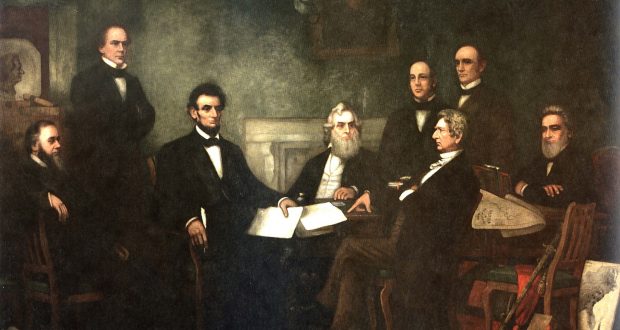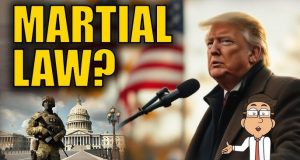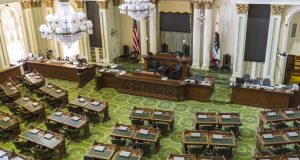By John Coleman, Community Photographer
Rebellion against authority has been a big feature of governance and society in America since it’s early days. Rebellion against the authority of the King of England over the control of England’s 13 colonies in North America lead to the Revolutionary War; the independence of the people and government of the United States of America; The U.S. Constitution; and the “Bill of Rights”.
But among the number of issues NOT effectively resolved by “the Revolution”, “the Constitution”, or “the Bill of Rights”, was the “peculiar institution” of slavery in the U.S. as the country grew and evolved, and conflicts emerged over who had the “right” and power to decide outcomes.
The issue opened with whether the “Federal government” or the individual state (in collection with like-minded individual states) was the decision-maker. This opinion was more widely shared in the mainly agricultural sections of the country known as ‘the South’, as distinguished from the increasingly mercantile ‘North’. In many areas of the South there were many more enslaved Black people than there were Whites, who feared revolts and retribution.
To Southern officials, the election of Abraham Lincoln in 1860 was taken as a rejection and a sign that the South HAD to go its own way. Southern states withdrew ‘membership’ in the United States; established its ‘own’ Army and Navy; (almost ALL had been ‘regulars ‘ of the United States); and eventually fired another ‘shot heard around the world’. War again became THE instrument for ‘problem-solving’!
In September 1862, in the middle of America’s horrendously bloody Civil War (referred to in ‘the South’ as “the war between the states”) President Lincoln issued a Presidential Order, under his authority, during wartime, to go into effect on January 1, 1863, as an “Emancipation Proclamation”, which ordered that “ALL PERSONS HELD AS SLAVES ” WITHIN THE REBELLIOUS STATES “ARE AND HENCEFORTH SHALL BE FREE !…” Furthermore, Lincoln pointedly directed the military to fully and faithfully effect this order.
As the Civil War was going on, the Emancipation Proclamation and Lincoln’s authority was disregarded by the Confederate South, which greatly depended on slavery to support its economy, and for the labor support for its Army; however, the Emancipation Proclamation helped turn the tide of the war. Every advance of the Union Army expanded the areas of freedom and great numbers of newly-freed men enlisted into the U.S. Army, & Navy. By the time the Civil War ended, almost 200,000 Black men fought for the Union AND for freedom!
Still, until the end of the war and the presence of Union troops, the Emancipation Proclamation had no liberating effect in many areas. Only after the surrender of the Confederacy and the arrival of Union General, Granger, with 2,000 Federal troops into Galveston, Texas, on June 18 and 19, 1865, did the dream of FREEDOM become real.
Riverside’s 11th Annual Juneteenth Celebration had many similarities with Southern celebrations in the years following emancipation. Inside the Stratton Center at Bordwell Park there were speakers, displays and reading material about African American inventors, educators, performers and organizations whose work benefitted society. Most people however, preferred to be outside where there was food, music, dancing, performances, and gatherings of families and friends enjoying their freedom to celebrate. ‘Twas a bright, sunny “Juneteenth” day.
Where are ‘we’ now? 2020, Pandemic? “United? States” Governance? Laws & “Justice”?
Perhaps ‘we’ can check back in another 150 years.
 Westside Story Newspaper – Online The News of The Empire – Sharing the Quest for Excellence
Westside Story Newspaper – Online The News of The Empire – Sharing the Quest for Excellence




